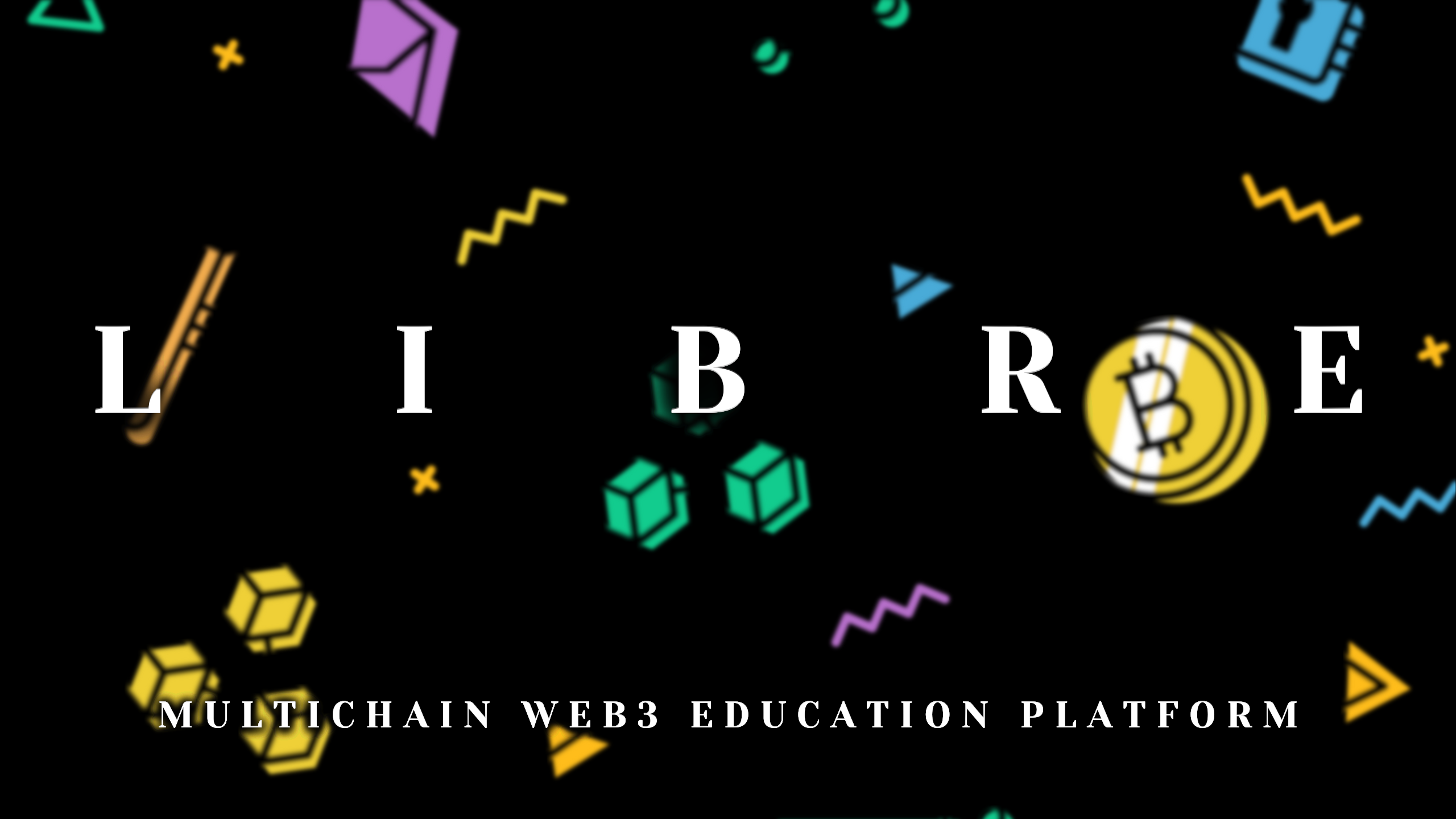08
OctBarriers to Web3 Adoption and Solutions

```html
Web3, or the third generation of the internet, is often heralded as the future of online interaction, where decentralization, user empowerment, and privacy reign supreme. However, despite the enthusiasm that surrounds this technology, the journey towards its mass adoption faces various challenging hurdles. This article delves into the multifaceted issues confronting the Web3 ecosystem, laying out the complexities that discourage average users from embracing it.
Understanding Web3: What is it?
Web3 represents a significant pivot from the traditional internet (Web2), primarily characterized by centralized platforms managing user interactions, data, and financial transactions. In contrast, Web3 aims to decentralize this control, employing blockchain technology to create a peer-to-peer network that enhances user privacy and autonomy.
The ambition behind Web3 is to empower individuals by allowing them to control their data, engage in decentralized finance (DeFi), and create and trade in digital assets securely. However, the transition from traditional web paradigms to a decentralized model is fraught with challenges.
Current Landscape of Web3
The market for Web3 technologies is expanding rapidly. Projections suggest that the market could reach an incredible USD 177.58 billion by 2033. However, it remains largely fragmented, with only a small percentage of the population actively using Web3 applications.
Major Barriers to Mass Adoption
1. Complexity of Technology
The primary barrier to Web3's adoption is its complexity. Terms such as "blockchain," "smart contracts," and "decentralized applications (dApps)" can be daunting for users unfamiliar with the technology. Most services in the Web3 space require at least a basic understanding of blockchain mechanics, which can discourage potential users. For instance:
- Cryptocurrency Wallets: Users need to create wallets to hold and manage their crypto assets, which can involve confusing processes involving seed phrases and public/private key infrastructures.
- Gas Fees: Actions on blockchains often come with gas fees (transaction costs), which can fluctuate unexpectedly. This unpredictability can create further reluctance among users.
- Lack of Unified Standards: With various blockchains (like Ethereum, Solana, and Binance Smart Chain) each having distinct ecosystems and regulations, users are left to navigate a labyrinth of platforms.
2. Trust and Security Concerns
Many individuals carry the scars of high-profile hacks and scams within the crypto space, leading to a pervasive atmosphere of mistrust. High-profile incidents, such as the collapse of major cryptocurrency exchanges and the theft of billions in assets, have deeply impacted public perception.
“The potential users of Web3 often view it as the risky Wild West, which makes them hesitant to explore its benefits.” – Industry Analyst
To enhance user trust, platforms must invest heavily in security and transparent processes. Trust cannot be built overnight; hence, ongoing education about safety measures and transparent operations can assist in alleviating fears.
3. Usability Challenges
Even if individuals understand the technology, the actual user experience on many Web3 platforms is often subpar. Clunky interfaces, slow transaction speeds, and complicated user flows plague many decentralized applications. To illustrate:
| Challenge | Description | Impact |
|---|---|---|
| Clunky Interfaces | Many dApps are not designed with a user-friendly approach, leading to a steep learning curve. | Users feel overwhelmed and may abandon the application altogether. |
| Slow Transaction Speeds | Confirmed transaction times vary widely across platforms, often leading to frustration. | Long wait times deter users from adopting the technology. |
| Lack of Customer Support | Decentralized nature means limited support for users experiencing issues. | Users lacking technical knowledge may abandon their efforts if they encounter problems. |
4. Limited Awareness and Education
The majority of potential Web3 users are still unfamiliar with the concept and its implications. There is a stark contrast between the level of understanding among crypto enthusiasts and the general populace.
- Educational Initiatives: Many users require foundational knowledge about cryptocurrencies and blockchains. Educational campaigns can play a critical role in demystifying the technology.
- Increased Visibility: Engaging content that relates Web3 technologies to everyday use cases can help convey their significance and potential benefits.
Strategies for Overcoming Adoption Hurdles
1. User-Friendly Design
Streamlining the user experience is essential for attracting the mainstream audience. Web3 platforms should:
- Simplify onboarding processes, making it easy to sign up and start using services.
- Create intuitive interfaces that are easily navigated by users of all skill levels.
- Provide clear explanations of features and terms to guide new users through the learning process.
2. Enhanced Security Protocols
Strengthening security measures can enhance user confidence in Web3 applications. Platforms should:
- Implement multifactor authentication systems to protect user accounts.
- Conduct regular security audits to identify and patch vulnerabilities.
- Educate users about common scams and how to protect against them.
3. Practical Use Cases and Real-World Integration
Web3 needs to demonstrate clear, practical applications to attract everyday users. Some avenues include:
- Partnerships with mainstream services, such as banks introducing crypto wallets.
- Incorporating Web3 technology into widely used platforms, such as social media and e-commerce.
- Developing applications that provide tangible benefits, like enhanced privacy or lower transaction costs.
4. Fostering Community Engagement
Building communities around Web3 technologies can catalyze growth and understanding. Initiatives could include:
- Community workshops and webinars to educate users on benefits and functionalities.
- Engaging social media campaigns that highlight user experiences and success stories.
- Creating forums and discussion groups where users can ask questions and share knowledge.
The Future of Web3
The road to Web3 mass adoption is paved with complexities, mistrust, and usability hurdles. However, by addressing these challenges proactively through thoughtful design, enhanced security, real-world use cases, and an engaged community, the potential of Web3 technology can be realized.
As the sector evolves, it is crucial for stakeholders to keep the user experience at the forefront. With the right enhancements and sustainable growth strategies, Web3 can transition from a niche concept to an integral part of everyday life. The future is bright; it simply requires collective effort to unlock its promise.
For More Information
If you are interested in delving deeper into the realm of Web3, here are some valuable resources:
- Web 3.0 Definition
- Web3 on CoinDesk
- What is Web3? A Beginner’s Guide to the New Internet
- Understanding Web3 on Investopedia
- Universetoday reference
```

